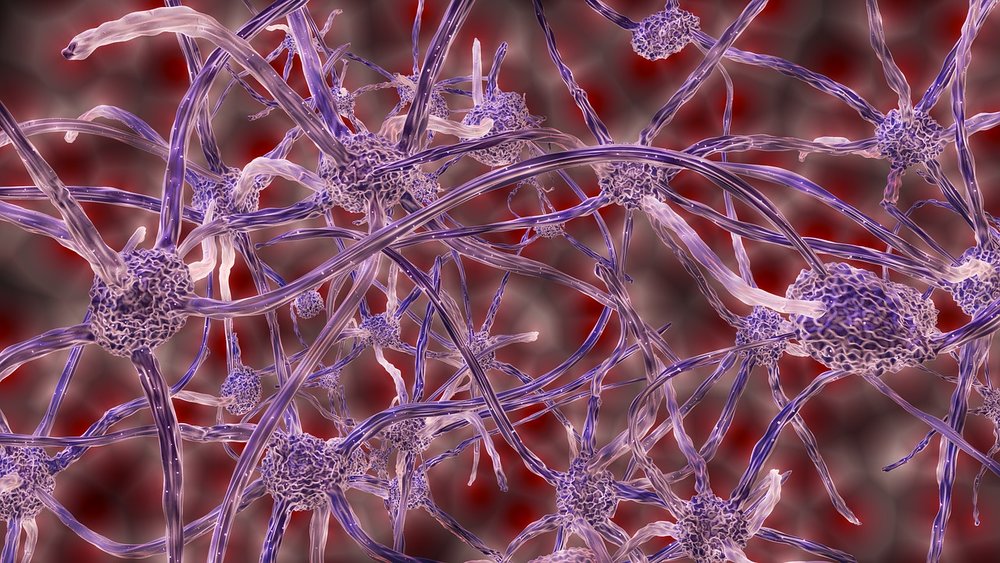Researchers have developed an implantable, bioabsorbable, wireless device that speeds recovery in rats by stimulating injured nerves with electricity. It accelerates the regrowth of nerves and enhances the recovery of muscle strength and control. The device, the size of a dime and thick as a paper, degrades in a few weeks. This new approach to treating peripheral nerve injury could mean a world to people with tingling, numbness, and weakness in their arms, hands, and legs.
There is hope for those with injured peripheral nerves that run through the arms, legs, and torso. To some extent, those nerves can regenerate after injury. Doctors usually suggest painkillers such as aspirin and physical therapy.
For a while now, it is known that electrical stimulation triggers the release of growth-promoting proteins that help nerve cells regrow faster and more completely. Severe cases may require surgery and it become standard practice to administer electrical stimulation to the injured nerves during surgery. Still, doctors lack good solutions for the recovery and healing process.
“We know that electrical stimulation during surgery helps, but once the surgery is over, the window for intervening is closed,” co-senior author Dr. Wilson “Zack” Ray, an associate professor of neurosurgery, of biomedical engineering and of orthopedic surgery at Washington University, said in a press release. “With this device, we’ve shown that electrical stimulation given on a scheduled basis can further enhance nerve recovery.”
According to new study published in the journal Nature Medicine, neurosurgeons from Washington University School of Medicine in St. Louis and materials scientists from Northwestern University developed a dime-sized devices that could complement or replace pharmaceutical treatments for peripheral nerve injuries. They are made of biodegradable polymers and magnesium. With an external transmitter they are controlled and powered wirelessly, similarly to an inductive charging mat for a cell phone.
“These engineered systems provide active, therapeutic function in a programmable, dosed format and then naturally disappear into the body, without a trace,” said Northwestern’s John A. Rogers, a pioneer in bio-integrated technologies and a co-senior author of the study. “This approach to therapy allows one to think about options that go beyond drugs and chemistry.”
The device is flexible and wraps around an injured nerve and delivers electrical pulses at selected time points. A group from Washington University then studied the device in rats with injured sciatic nerves that send signals up and down the legs. Devices provided one hour of electrical stimulation per day to the rats for one, three or six days or no electrical stimulation at all. Afterward, researchers monitored their recovery for the next 10 weeks.
Results are promising. Any level of electrical stimulation proved better than no stimulation at helping the rats recover muscle mass and muscle strength. In addition, the more days of electrical stimulation the rats received, the quicker and more thorough they recovered nerve signaling and muscle strength. No side effects were observed from the device or its reabsorption.
“Before we did this study, we weren’t sure that longer stimulation would make a difference, and now that we know it does, we can start trying to find the ideal time frame to maximize recovery,” said Ray. “Had we delivered electrical stimulation for 12 days instead of six, would there have been a more therapeutic benefit? Maybe. We’re looking into that now.”
The device degrades upon exposure to saltwater, which mimics bodily fluids. Its lifespan can be adjusted by varying the composition and thickness of the materials used. New versions can provide electrical pulses from less than a minute to several months before degrading. Since a second surgery to remove the device is not needed due to its biodegradability, additional risk to the patient is eliminated.
“We engineer the devices to disappear,” said Rogers. “This notion of transient electronic devices has been a topic of deep interest in my group for nearly 10 years – a grand quest in materials science, in a sense. We are excited because we now have the pieces – the materials, the devices, the fabrication approaches, the system-level engineering concepts.”
The researchers predict the broad utility of their finding. The study also showed that the device can work as a temporary pacemaker and as an interface to the spinal cord and other stimulation sites across the body. It is not yet known when this technology could be ready for human trials, but they are hopeful that it could one day complement or replace existing treatments.
“There really are no therapeutic options for some of these nerve injury patients,” Ray said. “This isn’t a therapeutic option yet either, as it hasn’t been tested in people. But I’m excited about it because it’s a new approach to treating peripheral nerve injury, and it might offer a solution where really there is none today in the clinical realm.”
See how the device dissolves in the body in the video below:
Learn more about bioelectronic medicine in the video below:
By Andreja Gregoric, MSc









